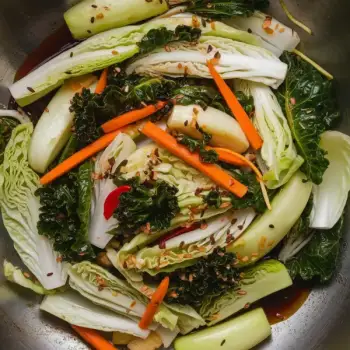


Bottled
Dry Sherry is commonly found in bottles, varying in size from small to standard wine bottle volumes. It is the most traditional and widely used form.
Cooking Sherry
A version of Sherry often found in grocery stores, Cooking Sherry has added salts and preservatives, making it less suitable for drinking but convenient for many recipes.




Fino: Tio Pepe
Oloroso: Gonzalez Byass
Manzanilla: La Gitana
Amontillado: Lustau

Deglazing: This technique involves adding Dry Sherry to a hot pan to lift the fond, which are the caramelized bits of food left after sautéing. The acidity and alcohol in Sherry make it an excellent choice for deglazing and building complex sauces.
Reduction: Reducing Sherry concentrates its flavors and cooks off the alcohol. This is done by simmering the Sherry in a saucepan until it has decreased in volume, which intensifies its taste and sweetness.
Marinating: Dry Sherry can be used in marinades to tenderize proteins and infuse them with flavor. The alcohol acts as a carrier for other flavors in the marinade, helping them to penetrate the protein more effectively.













